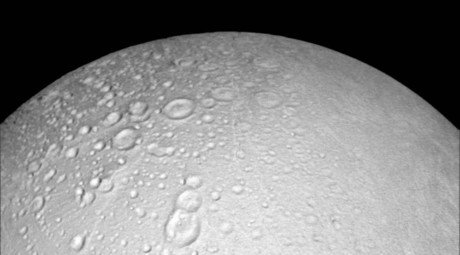Hey look, it’s Earth! NASA unveils website posting daily images of our blue marble

NASA has launched a new website offering at least a dozen color images of Earth’s sunlit side taken as recently as 12 hours earlier from a camera a million miles away on a daily basis. The images will show Earth as it rotates, covering the entire planet.
The website, which will include a searchable archive of daily images, will feature photos taken with the Earth Polychromatic Imaging Camera (EPIC). The pictures will show Earth as it rotates, featuring the entirety of the planet over a one-day period.
Daily views of Earth from 1 million miles away now available on our new website. Take a look: http://t.co/7dQFwMjsfepic.twitter.com/NH1e1Pwgag
— NASA (@NASA) October 19, 2015EPIC, a four megapixel CCD camera and telescope, takes a series of 10 three-megabyte images with various narrowband filters, such as ultraviolet or near infrared, to compile images used by scientists who study Earth’s vegetation, ozone, and cloud cover, among other variables.
"The color Earth images are created by combining three separate single-color images to create a photographic-quality image equivalent to a 12-megapixel camera,"NASA said.
READ MORE: Earth Art: NASA ‘artist’ stuns Twitter with Sahara Desert pics taken from space (PHOTOS)
EPIC has to take quick exposure images (20 to 100 milliseconds) to compensate for Earth’s brightness in the dark of space, according to NASA. The short exposure times do not allow EPIC to record fainter stars in the background.
The camera is affixed to the Deep Space Climate Observatory (DSCOVR), which is operated by NASA, in partnership with the National Oceanic and Atmospheric Administration (NOAA) and the US Air Force, to maintain solar wind monitoring for space weather alerts and forecasts.
READ MORE: Much like Earth’s Moon’: NASA releases high-res pics of Pluto’s satellite Charon (PHOTO)
The website's images will be in the public domain, the agency said.
"NASA develops new ways to observe and study Earth's interconnected natural systems with long-term data records," NASA concluded. "The agency freely shares this unique knowledge and works with institutions around the world to gain new insights into how our planet is changing."














